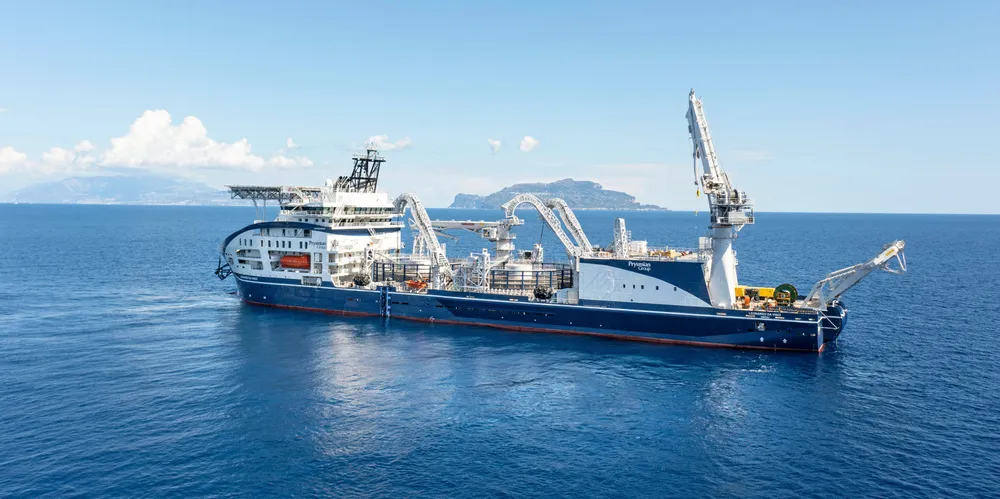Cabling giant Prysmian unveils 'Da Vinci twin' supership with eye on US offshore wind debut
Italian contractor to sail out €240m vessel in Q1 2025 to join sister cable-layer in fast-accelerating sector, starting with work on Dominion's 2.6GW CVOW project off Virginia
